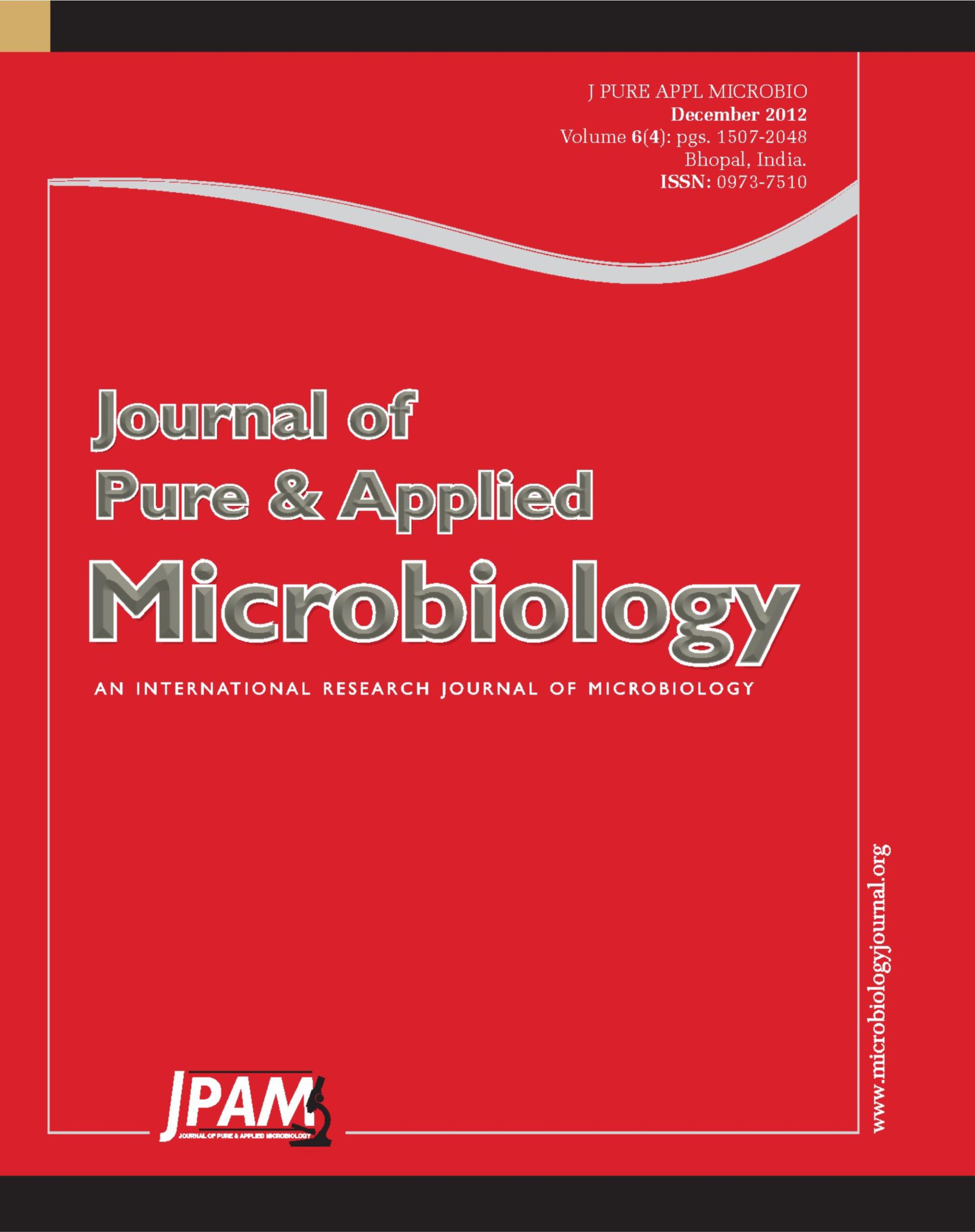Benzo[a]pyrene (BaP) is a highly toxic organic pollutant widely distributed in terrestrial and aquatic environments and is often referred as a xenobiotic compound. The present investigation was carried out to determine the physical factors affecting the biodegradation of BaP by the PO-3 isolate of Pleurotus ostreatus. When tested for the effect of media pH on the extent of BaP degradation, pH 6.0 facilitated both highest degradation (63.1%) and fungal biomass accumulation. Mesophilic range of temperature in general supported good fungal growth and subsequent degradation of the toxin. However, the highest degradation (64.2%) was observed when the inoculated media was incubated at 30°C. Subjecting the mineral salt broth to different agitation speeds showed different levels of BaP removal, wherein 180 rpm resulted in the highest level of BaP degradation (66.3%). Eventually, increasing the agitation speed beyond this decreased both the biomass and the extent of BaP degradation. Thus, the biodegradative potential of Pleurotus ostreatus PO-3 is strongly affected by these physical factors. A better understanding of the other parameters may result in effective decontamination of the polluted sites using Pleurotus ostreatus PO-3 isolate.
Benzo[a]pyrene, Pleurotus ostreatus, Degradation, pH, Temperature, Agitation
© The Author(s) 2012. Open Access. This article is distributed under the terms of the Creative Commons Attribution 4.0 International License which permits unrestricted use, sharing, distribution, and reproduction in any medium, provided you give appropriate credit to the original author(s) and the source, provide a link to the Creative Commons license, and indicate if changes were made.


